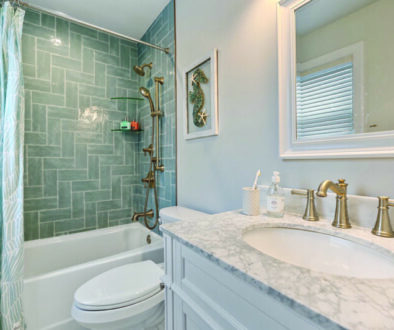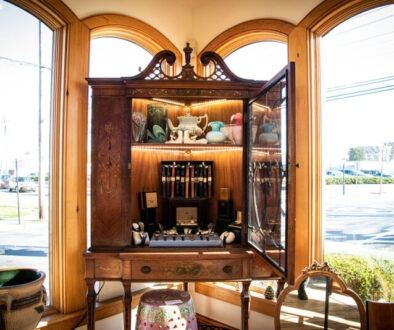The Barnes Foundation, Philadelphia

The life of Albert C. Barnes was once described as “an American dream and a Greek tragedy.” But not necessarily in that order.
Born in 1872, Barnes was the gifted son of a destitute Civil War veteran. After a childhood in the Philadelphia slums, he became a chemist, and built an empire on pharmaceuticals, specifically a silver nitrate tincture that prevented blindness in infants. With his newfound riches, Barnes indulged a lifelong love of art, acquiring works of Cezanne, Matisse, Renoir, and Picasso, among others.
In 1922, he made the collection public at his Merion, Pennsylvania home. There, European masterworks were displayed alongside African and African American art, Greek and Roman antiquities, and Native American artifacts. Much of the collection, worth an estimated $25 billion, is now on permanent display at the Barnes Foundation in Philadelphia.
But please don’t call it a museum. That term was anathema to Barnes, who felt museums were elitist, snooty and exclusionary. “He didn’t want a rarefied space accessible only to people ‘in the know,’” says Martha Lucy, the foundation’s deputy director for research and education. In fact, in his zeal to democratize art, the irascible Barnes was known to bar entry to prominent people such as James Michener (the author eventually got in).
In 2012, the 4,000-piece collection was transferred to its current home, a cube-shaped gallery on the Benjamin Franklin Parkway. The move was controversial. Barnes’ will stipulated that the collection remain just as it was in his lifetime. Nothing could even be moved on the walls, much less relocated. But the urban campus may be the art’s best showcase: spacious, contemporary, light-filled, and convenient to the masses Barnes wanted to serve (about 250,000 people visit every year).
The presentation here is virtually identical to the space in Merion. Artwork is grouped in “ensembles” that typically include paintings, ceramics or statuary, furniture such as Pennsylvania German chests, and precisely arranged metalwork, such as keys, tankards, andirons, and iron hinges.
The latter elements “break down this hierarchy, the idea that fine art is somehow above industrial art and craft,” says Lucy. “Barnes believed there’s as much aesthetic value in a door hinge as a Renoir, and the person who made the hinge is as much an artist as the one who made the painting.”


The arrangements are perfectly symmetrical, according to Barnes’ design. The result is “a central axis balanced by works of the same shape. He was meticulous about it,” says Lucy. “He also overturned traditional museum categories by mixing everything together: there may be a Spanish Renaissance painter next to Cezanne next to a Native American blanket, or a curved hinge next to a nude with a ceramic pot below that’s also curved.” I was sorely tempted to adjust one slightly tilted gilded frame but restrained myself.
As a “formalist,” Barnes wanted viewers to see the commonality of line or color in the diverse works. To invite that kind of inquiry, he included no description of the art, and that’s still the case (with paintings, you’ll see a small plaque bearing the artist’s name, and nothing more).
To get a more complete picture, join a guided tour. Our docent, Kristin Vogel, was friendly, enthusiastic, and full of insights about the collection and collector. Prefer to go it alone? Use the Barnes Focus app, which serves up interpretive text about the art you’re viewing. By the way, online and onsite art classes are also available.
After making the tour, you can consider several in-house dining options. The Reflections Café offers seasonal salads, sandwiches, and desserts as well as wine and craft beer. My friend and I chose the charming Garden Restaurant, where we had a vegan feast: a wonderful baba ghanoush appetizer with hazelnuts, mint and pomegranate, an equally wonderful tempura cauliflower, and the main course: broccoli steak with charred tomatoes and niçoise olives and mushroom frittata. Our server Jami was courteous and attentive.
We then visited the gift shop for our usual souvenir hunt. With a variety of books, apparel, stationery, and jewelry, it didn’t disappoint.
In life, Alfred Barnes was a cantankerous, often combative man who made his share of enemies, in and out of the art world. He was also a committed philanthropist who championed little-known and marginalized artists and hung their works alongside Monet and Manet, Modigliani, and Van Gogh. He had a passion to take art out of the museum and bring it to the common man and woman. In this endeavor, he more than succeeded.
Now in its 101st year, his gift keeps on giving at the Barnes Foundation in Philadelphia.




